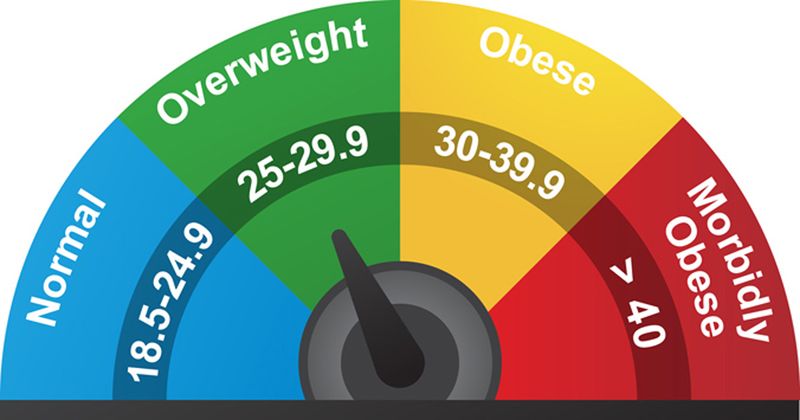In stable CHD, death risk highest at either extreme of BMI
Among patients with stable CHD, CV risk factors and markers were more common among those with higher BMI; however, risk for CV and all-cause death was greatest in patients who were underweight or had very high BMI, researchers reported.
According to data published in the Journal of the American Heart Association, risk for all-cause mortality and CV death was lowest among patients with a BMI in the 25 kg/m2 to 35 kg/m2 range.

“Obesity is associated with many of the known cardiovascular risk factors, such as hypertension and dyslipidemia. However, in some epidemiological studies, increased obesity has not been associated with a lower risk,” Claes Held, MD, PhD, associate professor of cardiology at Uppsala University, Sweden, and colleagues wrote. “The aim of the current substudy, a post hoc analysis of the prospective STABILITY trial, was to explore associations between BMI and clinical outcomes in patients with stable CHD, and possibly identify an optimal BMI for the risk of cardiovascular events.”
The STABILITY trial
The STABILITY trial evaluated darapladib (GlaxoSmithKline), a lipoprotein-associated phospholipase A2 (Lp-PLA2) inhibitor, compared with placebo in adults with CHD, with the primary outcome of time to first occurrence of any major adverse CV event, including MI, stroke and CV death.
As Healio previously reported, darapladib did not meet the primary endpoint, with no significant difference between the darapladib and placebo groups (P = .199).
Utilizing follow-up data from the STABILITY trial, researchers evaluated the association between BMI and outcomes among 15,828 participants with stable CHD (mean age, 64 years; 19% women).
Participants were stratified based on BMI, with 1.5% having a BMI of less than 20 kg/m2; 19.4% with BMI of 20 kg/m2 to less than 25 kg/m2; 42.8% with BMI of 25 kg/m2 to less than 30 kg/m2; 25.1% with BMI of 30 kg/m2 to less than 35 kg/m2; and 11.2% with BMI of 35 kg/m2 or more. Severe underweight was observed in 0.5% of the overall cohort.
Risk factors and outcomes stratified by BMI
Most risk markers, including systolic and diastolic BP, diabetes, hypertension, previous revascularization, inflammatory biomarkers and triglycerides, were associated with higher BMI (P for all < .0001).
According to the study, the frequency of smoking, HDL level, growth differentiation factor 15 and N-terminal pro-B-type natriuretic peptide were greater among participants in lower BMI ranges compared with higher BMI (P for all < .0001).
Additionally, BMI of less than 20 kg/m2 was associated with an approximately twofold greater risk for all-cause death (HR = 2.27; 95% CI, 1.6-3.22) CV death (HR = 2.26; 95% CI, 1.46-3.49) and HF (HR = 2.51; 95% CI, 1.35-4.68) compared with BMI of 25 kg/m2 to less than 30 kg/m2 among patients with stable CHD. Moreover, BMI of 20 kg/m2 to less than 25 kg/m2 was associated with increased risk for CV death (HR = 1.26; 95% CI, 1.03-1.54) and all-cause death (HR = 1.21; 95% CI, 1.03-1.42), compared with BMI of 25 kg/m2 to less than 30 kg/m2.
There was no strong association between BMI of 35 kg/m2 or more and risk for HF hospitalization (HR = 1.35; 95% CI, 0.98-1.87) or major adverse CV events (P = .11), and the researchers posited that the driver of major adverse CV events was primarily CV death among patients with either very low or very high BMI.
The researchers observed no association between BMI and risk for MI or stroke.
“Our study of a large prospective cohort of patients with stable CHD did not confirm an overweight paradox for cardiovascular clinical outcomes,” the researchers wrote. “The highest risk was found among patients with very low BMI, indicating a specific high-risk group of note, as well as in patients with very high BMI. It is recommended to put special focus on these extreme groups to determine the underlying pathology and optimize treatment. Explanatory factors driving these differences may differ.”
